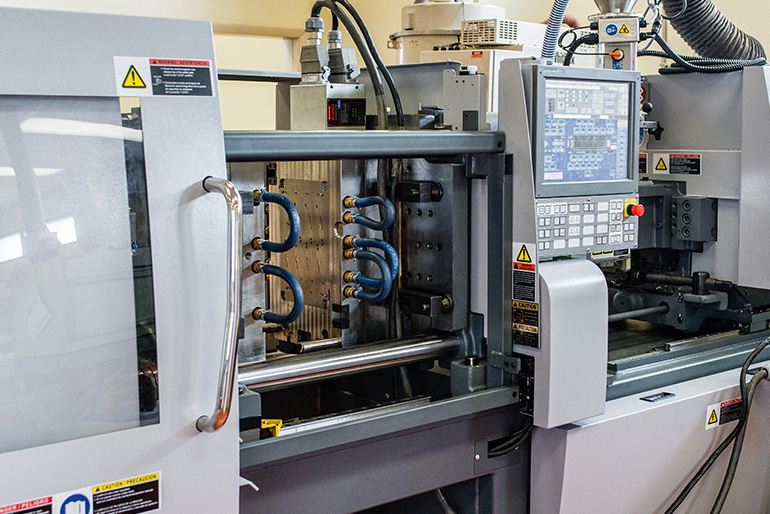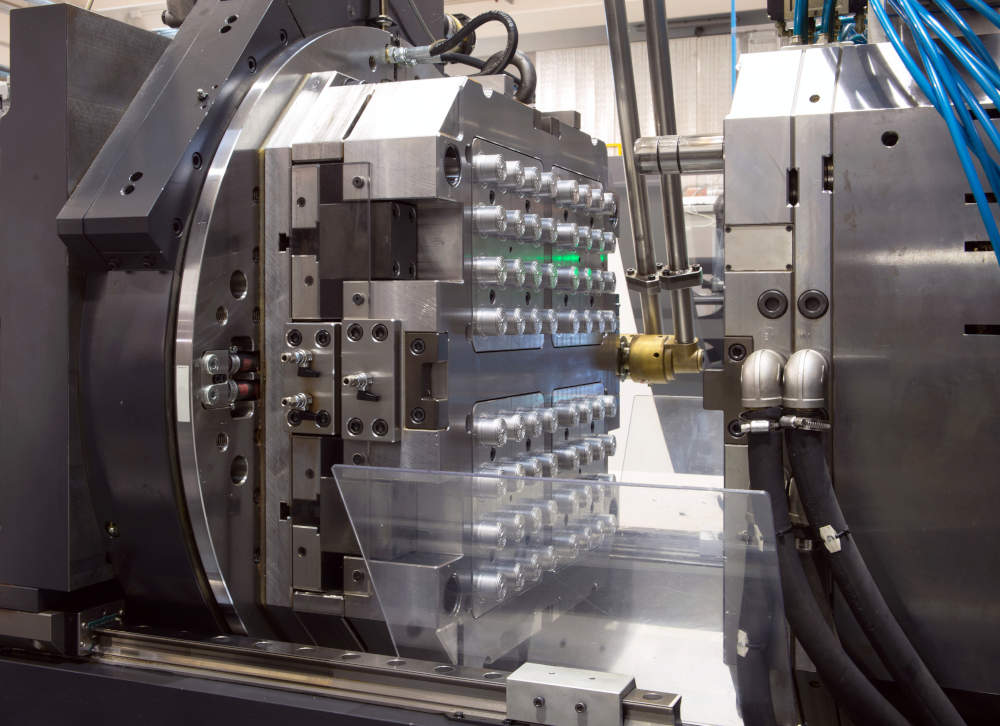The Influence of Plastic Injection Molding on Minimizing Production Expenses and Waste
The Influence of Plastic Injection Molding on Minimizing Production Expenses and Waste
Blog Article
Recognizing the Fundamentals of Plastic Shot Molding Processes
Plastic injection molding offers as a keystone of contemporary production, supplying a methodical technique to generating complicated components with precision. Discovering these vital elements could disclose exactly how even small modifications can lead to significant renovations in manufacturing results, raising inquiries regarding the possibility for development in this established procedure.
What Is Plastic Shot Molding?
Plastic injection molding is an extensively utilized manufacturing process that transforms thermoplastic and thermosetting products into exact and complicated shapes. This method is preferred for its ability to generate high quantities of identical components with phenomenal precision, making it a crucial technique in numerous sectors, including vehicle, durable goods, and clinical tools.
The process involves thawing the selected plastic product and infusing it right into a mold and mildew under high stress. The mold, developed to the requirements of the wanted component, allows the liquified plastic to materialize as it strengthens and cools down. Once the material has set, the mold is opened up, and the ended up component is ejected.
Plastic shot molding offers numerous advantages, including minimized waste, uniformity in manufacturing, and the ability to incorporate elaborate layouts that may be testing with various other manufacturing methods. Additionally, it supports a wide variety of products, each offering distinct homes that can be customized for certain applications. As industries remain to innovate, plastic injection molding remains at the leading edge, enabling the development of innovative items that satisfy developing customer demands.
The Shot Molding Process
The injection molding procedure is a sophisticated technique that involves several crucial phases to generate top quality plastic components. Plastic pellets are fed right into a heated barrel where they are thawed into a thick liquid. This molten plastic is after that infused under high pressure right into a precision-engineered mold, which forms the material right into the preferred form.
As soon as the mold is loaded, the plastic is enabled to solidify and cool, taking the shape of the mold cavity. Air conditioning time is vital, as it impacts the cycle time and the last properties of the shaped component. After enough air conditioning, the mold opens, and the ended up part is ejected using ejector pins.

Materials Utilized in Injection Molding
Various products can be utilized in the shot molding procedure, each offering special buildings that satisfy specific applications. The most typically utilized materials consist of thermoplastics, thermosetting plastics, and elastomers.

Thermosetting plastics, like epoxy and phenolic materials, go through a chemical modification throughout the curing procedure, leading to an inflexible, stringent framework. These materials are suitable for applications calling for high warm resistance and structural integrity, typically utilized in auto parts and electrical insulators.
Elastomers, including silicone and rubber-based products, give versatility and resilience. Their one-of-a-kind buildings make them ideal for applications that require flexibility, such as seals and gaskets.
In addition, specialized materials like bio-based plastics and composites are acquiring traction for their ecological advantages and improved efficiency characteristics, widening the extent of injection molding applications in various markets. Recognizing the residential or commercial properties of these materials is vital for selecting the proper kind for particular tasks.
Advantages of Shot Molding
Injection molding attracts attention as an extremely reliable production procedure that provides many benefits for producing complicated components with accuracy. One of the most substantial advantages is the ability to develop elaborate designs that would be impossible or challenging to achieve with various other techniques (Plastic Injection Molding). The process permits for tight resistances and detailed attributes, ensuring top notch components
In addition, injection molding is known for its rapid production abilities, making it an ideal selection for high-volume production. As soon as the mold and mildew is produced, components can be produced promptly, decreasing preparations and enhancing general productivity. This effectiveness not only reduces manufacturing prices yet additionally gives an one-upmanship in the marketplace.
The versatility of materials used in injection molding additionally improves its appeal. A vast array of thermoplastics and thermosetting polymers can be used, allowing producers to pick products that best satisfy their certain requirements, including adaptability, warm, and strength resistance.
Furthermore, the process minimizes waste, as excess product can frequently be recycled and reused. This sustainability aspect adds to a minimized ecological effect, making shot molding a liable production option. On the whole, the advantages of shot molding make it a recommended method for lots of sectors.
Elements Influencing Item Top Quality
While various variables can influence product quality in shot molding, recognizing these components is crucial for accomplishing optimum results. Secret aspects consist of product more info here selection, refining criteria, and mold and mildew layout.
Product choice plays a crucial function, as different polymers exhibit unique properties that impact flowability, toughness, and thermal security. Insufficient material option can result in problems such as warping or incomplete filling.
Processing parameters, including cycle, pressure, and temperature level time, must be diligently controlled. Variants in these setups can lead to disparities in part dimensions and surface coating. For instance, excessively heats may cause degradation of the polymer, while insufficient pressure can lead to brief shots.
Mold and mildew layout is just as vital, as it identifies the flow of the molten plastic and the cooling process. Inadequately made molds may cause irregular air conditioning prices, resulting in recurring stress and anxieties and dimensional mistakes.

Verdict
In final thought, plastic injection molding functions as an essential manufacturing process that enables the efficient manufacturing of high-grade components. Proficiency of the injection molding process, including the understanding of products and the impact of different elements on item top quality, is important for attaining ideal results. The advantages of this technique, such as cost-effectiveness and layout versatility, more emphasize its value across several industries, solidifying its standing as a favored option for high-volume production.
Plastic injection molding offers as a cornerstone of modern manufacturing, supplying a methodical technique to creating complex components with accuracy.Plastic injection molding supplies numerous advantages, including lowered waste, uniformity in production, and the capability to include intricate designs that might be testing with other producing approaches (Plastic Injection Molding). As markets continue to introduce, plastic injection molding remains at the leading edge, making it possible for the development of sophisticated items that satisfy developing customer needs
The injection molding procedure is an advanced method that involves a number of Find Out More key phases to go generate top quality plastic components.In verdict, plastic injection molding offers as a vital manufacturing procedure that makes it possible for the efficient manufacturing of premium elements.
Report this page